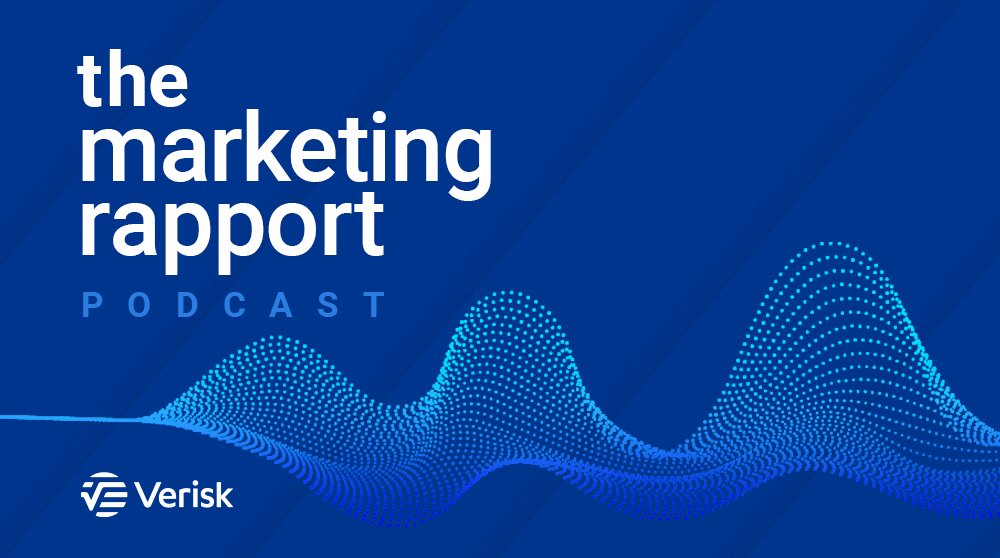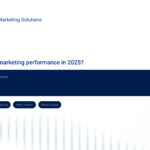How Bad Leads are Like Fake News
“Fake news” is a hot topic and remains so in the wake of the 2016 election. We’ve found ourselves questioning articles and news sources we read before we share them on our Facebook page or Tweet it out to our followers. The internet is littered with this stuff, and it can be frustrating and time consuming trying to determine if the news you’re reading is fake or not.
Similarly, there are many insurance marketers that are challenged each day with the frustrating and time consuming task of discerning “fake leads” from legitimate leads. We don’t need to conduct a survey of agents and carriers to get a pulse on lead quality in the insurance industry and what specific problems they have managing any size lead program.
Agents refer to low quality leads as aged leads, fraudulent leads, manufactured leads, manipulated leads. Whatever you call them, they are leads sold to you that should not be sold at all. Those who are not following through on promises made or adhering to the directives in the ping post ecosystem are continuing to perpetuate this problem.
Nothing diminishes agent morale more than when customers say they never filled out a form or they filled it out two months ago. Our recent work with insurance providers in examining the origin and history of leads purchased has revealed that as many as one out of every three leads are from consumers having no, or very low, intent. And, when agents are consistently handling low-intent leads, it can truly impact their morale, which will ultimately impact the entire process and the business outcomes negatively.
Without clarity into the lead generation process and where consumers are in their purchasing journey, agents and carriers are often subject to fake leads, aged leads, a negative customer experience, and ultimately, wasted spend and wasted effort. Additionally, if a consumer never filled out a form (or did so months ago), and receives calls, insurance marketers are ripe targets for TCPA lawsuits.
As Jornaya clients have found, including one auto and home insurance company who shared its experiences in a recent case study, two key metrics that are especially effective in gauging consumer intent are lead duration and lead age.
Lead duration is the amount of time it takes a consumer to fill out a lead form, from the moment the first form field is filled out to the moment the form is submitted. A lead form that was filled out in less than five seconds is probably not a real person, likely the work of a bot, or automated program. For recent aggregated data from insurance clients, we found that 17% of leads had a duration of under five seconds! Generally, our clients have found that consumers who took two to sixty minutes to fill out the lead form had a much higher likelihood to convert.
Lead age is the actual, measurable time from the instant a consumer submits an online lead form – i.e., when the lead was born – and when the agent receives it. Lead age is another telling metric in regards to lead quality.It turns out that many of the leads carriers and agents buy are actually much older than advertised. For recently aggregated data from insurance clients, we found that 13% of leads were over one week old! Typically, leads that were more than an hour old had a much lower propensity to convert.
Armed with new consumer journey intelligence, insurance marketers can work more confidently with lead providers to improve these metrics and/or take action on the data to only buy leads that fall within the ideal duration and age parameters and then reinvest those dollars in better leads.
We have partnered with lead generators and aggregators to lead the charge in minimizing the bad leads, and we are working to recruit additional partners to the effort. We’re also partnering with a growing number of insurance carriers and agents to initiate actions that will expose and minimize the impact of bad actors in the insurance lead gen space.
This will have a positive impact on the ecosystem in a variety of ways:
- It will help lead buyers spend less time and money on no-intent leads. This will foster higher performance because those brands can spend more on leads feeling confident that they are higher quality. This also means that they can scale their lead programs confidently without worrying about strong starts that go awry once they start to scale.
- From a lead seller’s perspective, they will be confident that everything will become more efficient and effective for every lead they exchange with the ping post ecosystem. They will have fewer returned leads from buyers, which will allow them to accurately forecast monetization and improve their matching decisions. Not to mention that their lead buyers will be more satisfied with their service and increase demand for more leads. New insurance providers will initiate lead buying programs and carriers and agents that stopped buying leads will jump back onboard.
- There will be less TCPA exposure for all the players in the ecosystem.
- The fake leads will not survive – they will be flushed out, exposed, and eliminated.
We’ve already seen firsthand how knowing where consumers are in their shopping journey can help brands drastically improve their lead programs and results. We look forward to expanding partnerships on both the lead seller and buyer sides and returning to the original promise of a great experience for the consumer and insurance provider.









 Your Privacy Choices for Platform Services | Data Services
Your Privacy Choices for Platform Services | Data Services